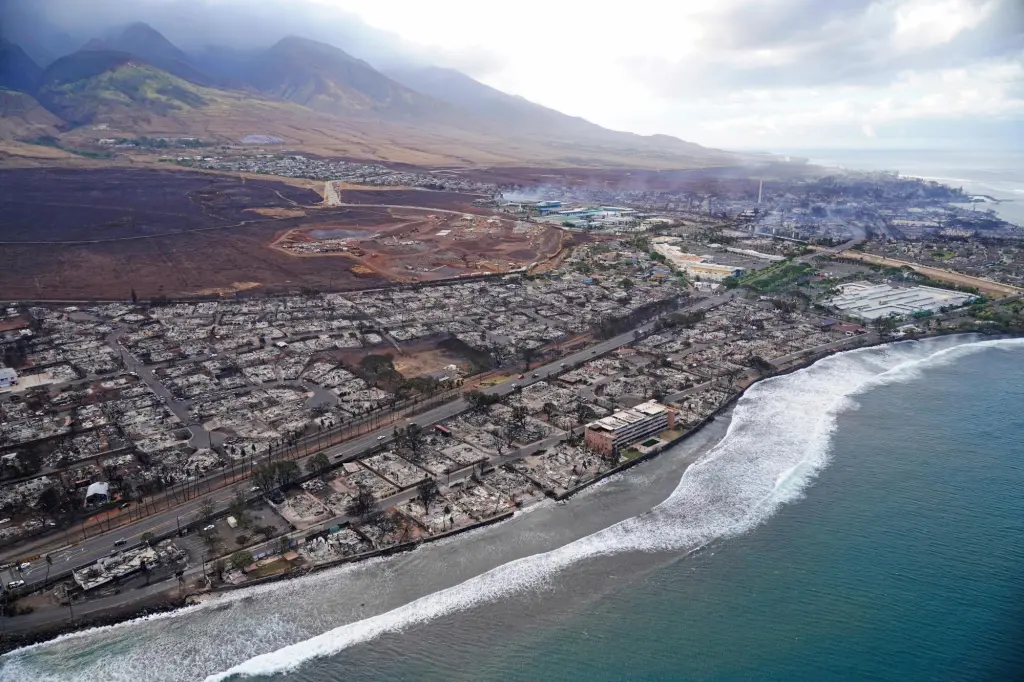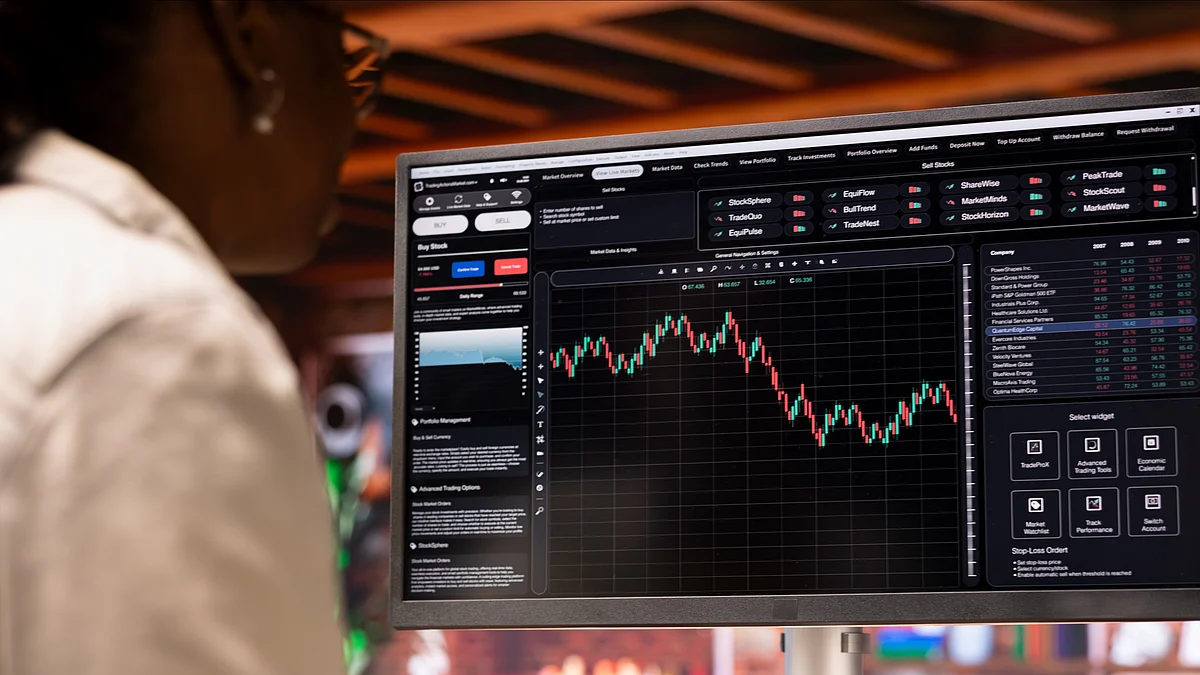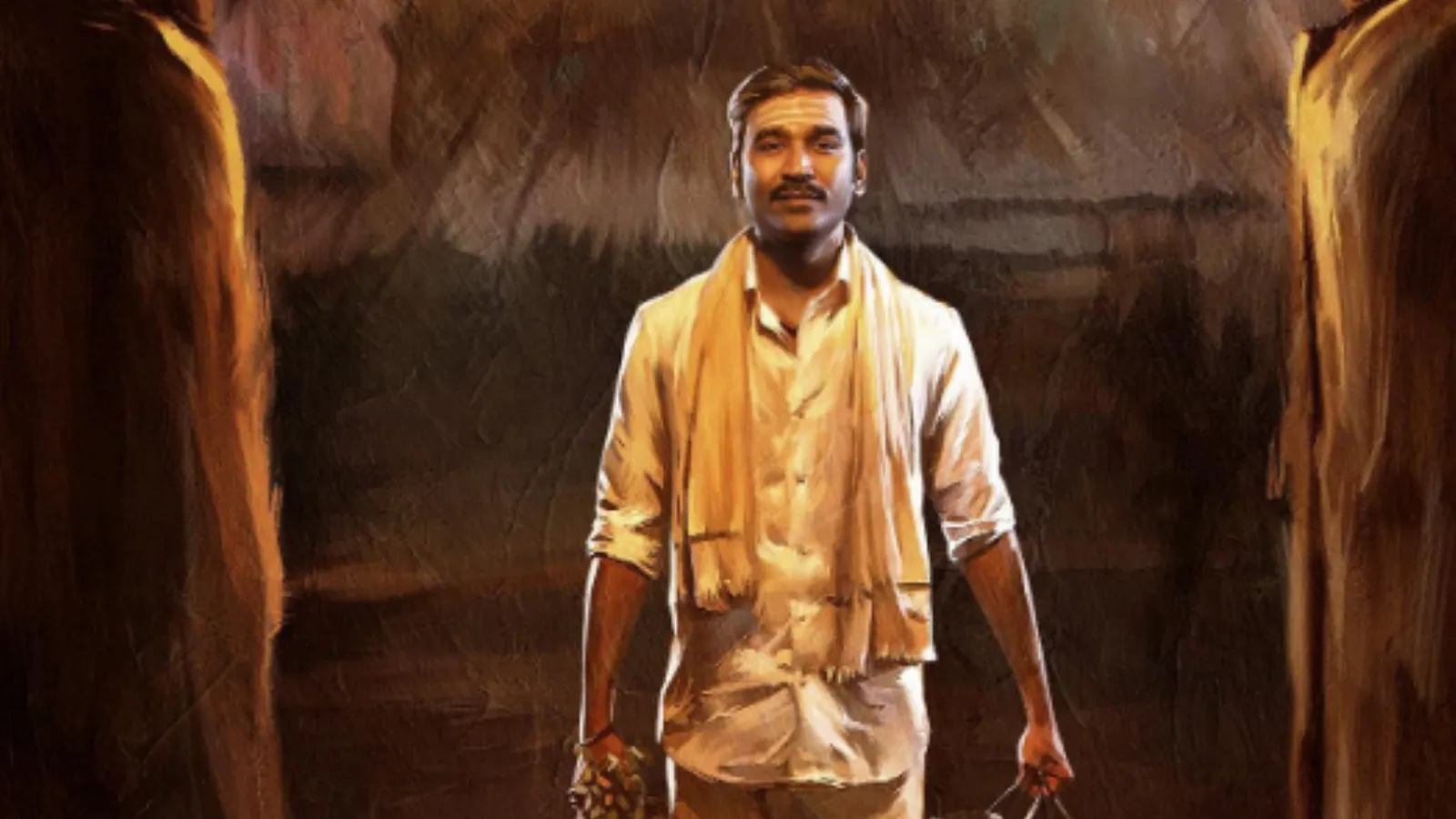
To place an obituary, please include the information from the obituary checklist below in an email to obits@pioneerpress.com. There is no option to place them through our website. Feel free to contact our obituary desk at 651-228-5263 with any questions.
General Information:
Your full name,
Address (City, State, Zip Code),
Phone number,
And an alternate phone number (if any)
Obituary Specification:
Name of Deceased,
Obituary Text,
A photo in a JPEG or PDF file is preferable, TIF and other files are accepted, we will contact you if there are any issues with the photo.
Ad Run dates
There is a discount for running more than one day, but this must be scheduled on the first run date to apply.
If a photo is used, it must be used for both days for the discount to apply, contact us for more information.
Policies:
Verification of Death:
In order to publish obituaries a name and phone number of funeral home/cremation society is required. We must contact the funeral home/cremation society handling the arrangements during their business hours to verify the death. If the body of the deceased has been donated to the University of Minnesota Anatomy Bequest Program, or a similar program, their phone number is required for verification.
Please allow enough time to contact them especially during their limited weekend hours.
A death certificate is also acceptable for this purpose but only one of these two options are necessary.
Guestbook and Outside Websites:
We are not allowed to reference other media sources with a guestbook or an obituary placed elsewhere when placing an obituary in print and online. We may place a website for a funeral home or a family email for contact instead; contact us with any questions regarding this matter.
Obituary Process:
Once your submission is completed, we will fax or email a proof for review prior to publication in the newspaper. This proof includes price and days the notice is scheduled to appear.
Please review the proof carefully. We must be notified of errors or changes before the notice appears in the Pioneer Press based on each day’s deadlines.
After publication, we will not be responsible for errors that may occur after final proofing.
Online:
Changes to an online obituary can be handled through the obituary desk. Call us with further questions.
Payment Procedure:
Pre-payment is required for all obituary notices prior to publication by the deadline specified below in our deadline schedule. Please call 651-228-5263 with your payment information after you have received the proof and approved its contents.
Credit Card: Payment accepted by phone only due to PCI (Payment Card Industry) regulations
EFT: Check by phone. Please provide your routing number and account number.
Cash: Accepted at our FRONT COUNTER Monday – Friday from 8:00AM – 3:30PM
Rates:
The minimum charge is $162 for the first 10 lines.
Every line after the first 10 is $12.20.
If the ad is under 10 lines it will be charged the minimum rate of $162.
On a second run date, the lines are $8.20 per line, starting w/ the first line.
For example: if first run date was 20 lines the cost would be $164.
Each photo published is $125 per day.
For example: 2 photos in the paper on 2 days would be 4 photo charges at $500.
Deadlines:
Please follow deadline times to ensure your obituary is published on the day requested.
Hours
Deadline (no exceptions)
Ad
Photos
MEMORIAM (NON-OBITUARY) REQUEST
Unlike an obituary, Memoriam submissions are remembrances of a loved one who has passed. The rates for a memoriam differ from obituaries.
Please call or email us for more memoriam information
Please call 651-228-5280 for more information.
HOURS: Monday – Friday 8:00AM – 5:00PM (CLOSED WEEKENDS and HOLIDAYS)
Please submit your memoriam ad to memoriams@pioneerpress.com or call 651-228-5280.
By SETH BORENSTEIN, AP Science Writer
WASHINGTON (AP) — Earth’s nastiest and costliest wildfires are blazing four times more often now than they did in the 1980s because of human-caused climate change and people moving closer to wildlands, a new study found.
A study in the journal Science looks at global wildfires, not by acres burned which is the most common measuring stick, but by the harder to calculate economic and human damage they cause. The study concluded there has been a “climate-linked escalation of societally disastrous wildfires.”
A team of Australian, American and German fire scientists calculated the 200 most damaging fires since 1980 based on the percentage of damage to the country’s Gross Domestic Product at the time, taking inflation into account. The frequency of these events has increased about 4.4 times from 1980 to 2023, said study lead author Calum Cunningham, a pyrogeographer at the Fire Centre at the University of Tasmania in Australia.
“It shows beyond a shadow of a doubt that we do have a major wildfire crisis on our hands,” Cunningham said.
About 43% of the 200 most damaging fires occurred in the last 10 years of the study. In the 1980s, the globe averaged two of these catastrophic fires a year and a few times hit four a year. From 2014 to 2023, the world averaged nearly nine a year, including 13 in 2021. It noted that the count of these devastating infernos sharply increased in 2015, which “coincided with increasingly extreme climatic conditions.” Though the study date ended in 2023, the last two years have been even more extreme, Cunningham said.
Europe and North America lead in the number of these economically damaging fires. It’s especially worse in the Mediterranean around Greece, Italy, Spain and Portugal and in the Western United States around California, because of the climate prone to sudden dryness, worsened by global warming, Cunningham said.
The researchers also found a tripling in how often a single fire killed at least 10 people, such as 2018’s Paradise fire, 2023’s Lahaina fire and those in Los Angeles in 2025.
Cunningham said often researchers look at how many acres a fire burns as a measuring stick, but he called that flawed because it really doesn’t show the effect on people, with area not mattering as much as economics and lives. Hawaii’s Lahaina fire wasn’t big, but it burned a lot of buildings and killed a lot of people so it was more meaningful than one in sparsely populated regions, he said.
“We need to be targeting the fires that matter. And those are the fires that cause major ecological destruction because they’re burning too intensely,” Cunningham said.
But economic data is difficult to get with many countries keeping that information private, preventing global trends and totals from being calculated. So Cunningham and colleagues were able to get more than 40 years of global economic date from insurance giant Munich Re and then combine it with the public database from International Disaster Database, which isn’t as complete but is collected by the Catholic University of Louvain in Belgium.
The study looked at “fire weather” which is hot, dry and windy conditions that make extreme fires more likely and more dangerous and found that those conditions are increasing, creating a connection to the burning of coal, oil and natural gas.
“We’ve firstly got that connection that all the disasters by and large occurred during extreme weather. We’ve also got a strong trend of those conditions becoming more common as a result of climate change. That’s indisputable,” Cunningham said. “So that’s a line of evidence there to say that climate change is having a significant effect on at least creating the conditions that are suitable for a major fire disaster.”
If there was no human-caused climate change, the world would still have devastating fires, but not as many, he said: “We’re loading the dice in a sense by increasing temperatures.”
There are other factors. People are moving closer to fire-prone areas, called the wildland-urban interface, Cunningham said. And society is not getting a handle on dead foliage that becomes fuel, he said. But those factors are harder to quantify compared to climate change, he said.
“This is an innovative study in terms of the data sources employed, and it mostly confirms common sense expectations: fires causing major fatalities and economic damage tend to be those in densely populated areas and to occur during the extreme fire weather conditions that are becoming more common due to climate change,” said Jacob Bendix, a geography and environment professor at Syracuse University who studies fires, but wasn’t part of this research team.
Not only does the study makes sense, but it’s a bad sign for the future, said Mike Flannigan, a fire researcher at Thompson Rivers University in Canada. Flannigan, who wasn’t part of research, said: “As the frequency and intensity of extreme fire weather and drought increases the likelihood of disastrous fires increases so we need to do more to be better prepared.”
The Associated Press’ climate and environmental coverage receives financial support from multiple private foundations. AP is solely responsible for all content. Find AP’s standards for working with philanthropies, a list of supporters and funded coverage areas at AP.org.
Originally Published: October 2, 2025 at 1:27 PM CDT



